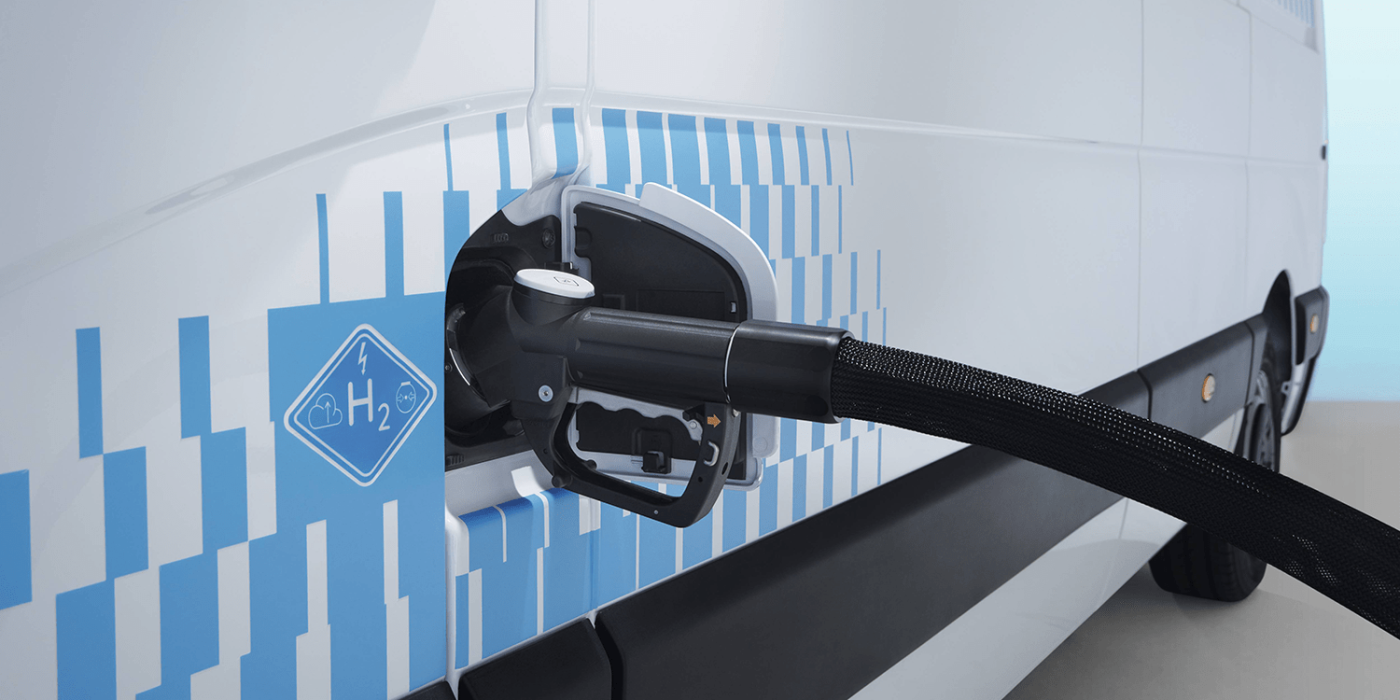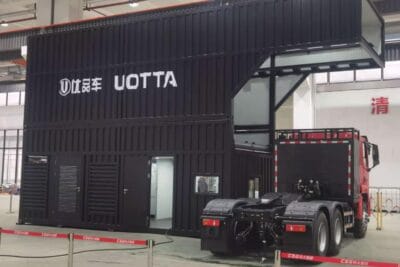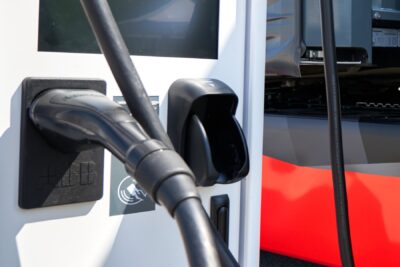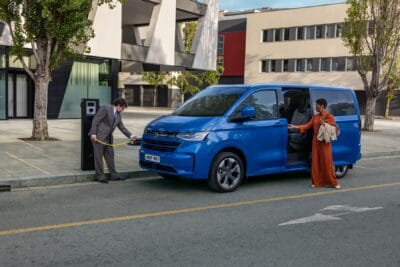The Netherlands announce H2 subsidy scheme
The Netherlands are earmarking 125 million euros to help put hydrogen-powered vehicles on the road. The country announced a subsidy scheme for H2 trucks and vans from 2024 to 2028, expected to subsidise thousands of FCEVs and set up 40 new H2 refuelling stations.
For each hydrogen filling station, entrepreneurs can receive a subsidy of 40 per cent of the construction costs. For trucks or vans, applicants can receive up to 80 per cent of the price difference compared to the diesel variant.
Companies can apply for grants under this programme from March 2024. Each grant application must include a filling station in the plan, as well as the purchase of enough trucks or vans to make the filling station profitable from the start. On average, ten to 15 H2 trucks are needed for this, the Dutch government explains.
In practice, this often means that logistic companies and filling station owners join forces in a funding application, it says. The prerequisite for the refuelling stations is that both trucks and cars can refuel there and that the refuelling stations are open to the public.
“The promise of hydrogen has been there for years. Hydrogen can be ideal, especially for entrepreneurs who want to drive cleanly over longer distances with a heavier vehicle, for example, a truck,” says State Secretary Vivianne Heijnen. “But then there must be refuelling stations, and there must be enough choice for entrepreneurs. It is time for us to ensure that hydrogen delivers on its promise.”
The subsidy scheme is not yet in the bag. According to media reports, it is still being consulted on, but State Secretary Heijnen will announce it shortly. In June, the country announced that it would increase subsidies for the production of green hydrogen, meaning hydrogen from renewable energy sources. The goal is to produce 4 GWh of green hydrogen by 2030 and 8 GWh by 2032.
Moreover, the EU adopted rules for expanding EV charging and hydrogen infrastructure in the Union earlier this year. To that account, memeber states must nsure that hydrogen filling stations are installed at least every 200 kilometres along the main routes by 2031. The Netherlands currently count 17 refuelling stations.
rijksoverheid.nl (in Dutch)





0 Comments